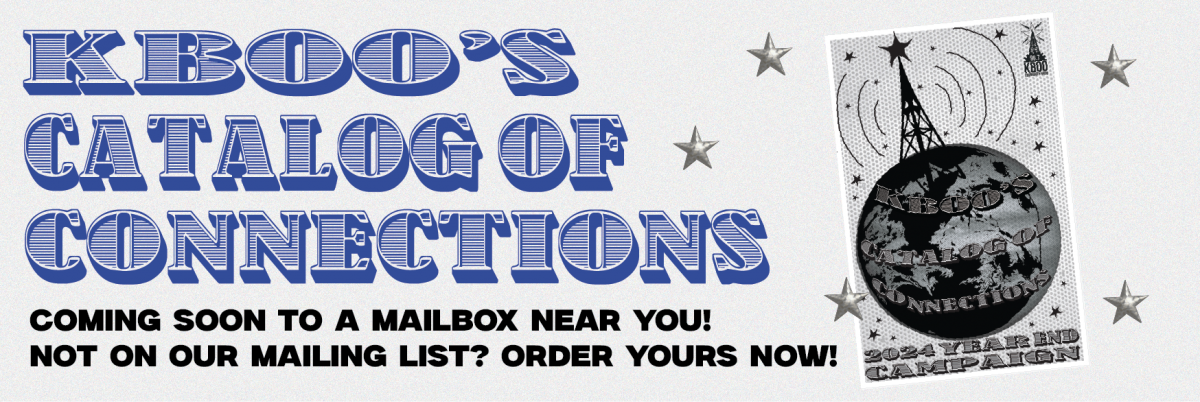
Jan Haaken and I reviewed Toy Story 3 on the Old Mole Variety Hour July 5, 2010: a story of job loss and collective solidarity.
Most of Andy's toys from the first two films are back, including Woody, Buzz Lightyear, and cowgirl Jesse, but some have been lost to yard sales. Andy hasn't played with them in a long time—in fact he's about to go off to college and has to decide their fates. He packs Woody in the College box and plans to store the other toys in the attic. But there's a misunderstanding, and the toys get put out with the garbage. From there, they flee to the box of things being donated to the day-care center, where Andy's sister has already left Barbie. Sunnyside Daycare looks great at first: they're welcomed by Lotsa-Huggin Bear, and Barbie finds Ken. But Lotsa sends the new toys to the Caterpillar Room, where the younger toddlers mistreat them. Eventually, after various adventures including a harrowing trip to the waste-disposal facility, Lotsa is tossed out, and Ken and Barbie lead a new and groovy Sunnyside, where toys take turns being played with by the terrifying toddlers. Andy's toys get home, and end up getting a new home with one of the children from the day care, who's the right age to play with the toys.
The Teamsters leafletted the opening of the film in several cities because of the hazardous PVC content of several Toy Story toys sold at Toys R Us.
Ms. magazine blogged about the androcentrism & homophobia of the film.
Several bloggers have commented on the film's economic critique. General agreement that the film is about job loss—tapping in to the anxieties about a collapsing economy. Early in the film Woody calls a "staff meeting" and says, "This job is not about being played with! This job is about being there for Andy." But there's less agreement on how to map any political allegory—which is probably just a mark of the film's mainstream-ness, it's politically useful ambiguity.
It should give you nightmares. Two futures are presented in this film, one that will soon be familiar to the cast-aside -- a nightmare of being used, tortured and ruled over, without respite, until you're broken and finally gone -- and the other for those who have found some way to sculpt themselves to be relevant -- another couple decades of feeling vital to the future of the American dream. ..."It's vintage!": for safety, another clue to abandon your status as a hipster, and possibly as a homosexual.
Toy Story 3 is a dark movie, for dark times. Don’t kid yourself: this is a movie about the long recession, the psychic trauma of unemployment, the false promises of flexible employment, the specter of our useful lives as workers ending in being dumped, and above all, how labor’s self-discipline becomes insanity when there is no job to be disciplined for. . . . . . for the first time, Woody is wrong to insist on fidelity to Andy, not merely wrong, in fact, but positioned as being in actual denial of reality. For the first time in the franchise, the other, less privileged toys assert that their self-interest compels them to look for other options, and his refusal to accept that possibility is positioned as somewhere between clinically irrational and sociopathic, heartless.. . . . the ending is really not the point, being only the fantasy resolution of a problem whose insolvability was what made the narrative work in the first place. Here, the problem of identifying as a worker in a time and place where “worker” is an identity evacuated of meaning is the true thing the movie shows us: Woody is in denial, but the other, less traditionally privileged toys understand what he does not and have even reached a certain kind of acceptance of their own mortality (which he, in the incinerator is the last to share).
The film begins with Woody trying to defend a crumbling system of feudalism.... Back at Sunnyside, the toys overthrow the dictatorship by working together, harnessing the collective power of the working class and . . . they together overthrow the capitalist Lotso…. Meanwhile, Ken and Barbie have seized control of Sunnyside, turning it into a “fun and groovy” socialist utopia. Having risen up and overthrown Lotso, the toys can now operate on the basis of mutual equality. A happy ending for everyone.




